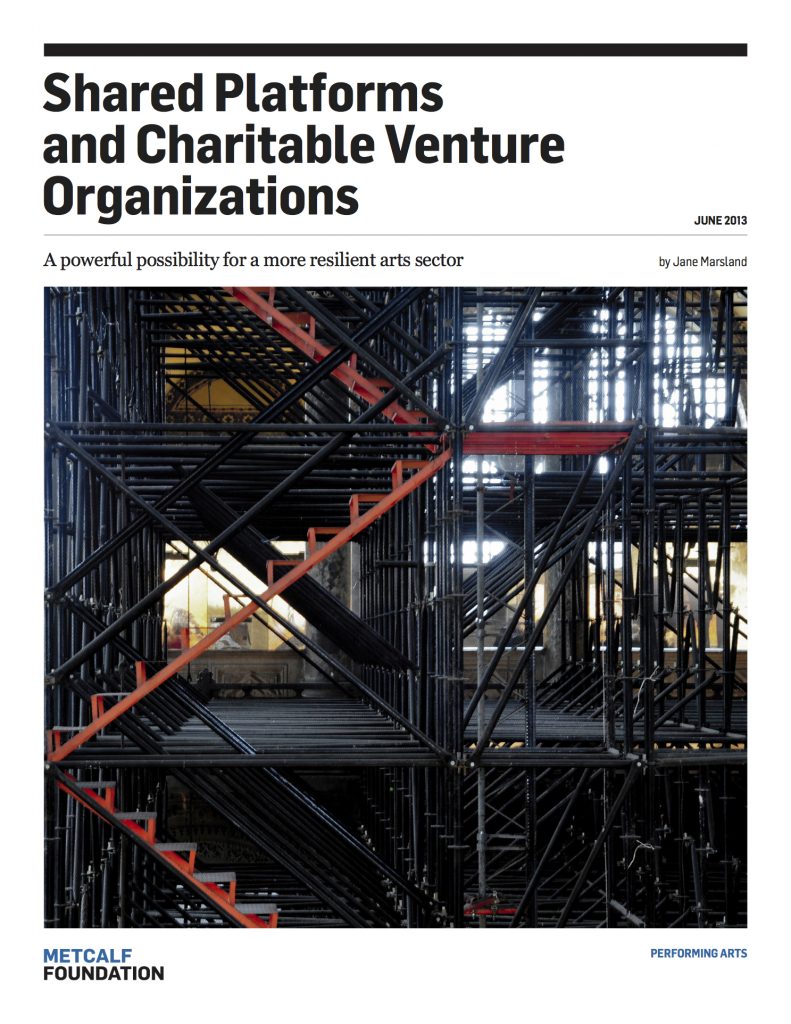The environment for the arts in Canada and our arts funding system have changed dramatically over the past 20 years. It used to be that funding to arts organizations was based on ensuring an institutional structure, in many cases even a building, that would house and support the art for the long term. There were fewer arts organizations, which meant that it was possible to provide a substantial percentage of public funding to their operations. But over the last couple of decades, the arts sector has experienced explosive growth.
One consequence of this change is that there are no longer enough resources in the public arts funding system to make it feasible for many of our artists to establish fully independent, adequately capitalized, charitable, non-profit organizations.
At the same time, there is less desire among many artists to incorporate as a charitable, non-profit organization, because they realize it is increasingly difficult to raise the resources required to support an ongoing organizational structure and keep it healthy. They are exploring various producing models and often prefer to work on a project-to-project basis, building appropriate relationships and collaborations to produce each work of art.
This report focuses on the concept of shared platforms as a potential response to these challenges – one that could make a significant impact on improving the health of the sector. It examines the structure developed by Tides Canada Initiatives for their environmental and social justice work, considering the concepts and lessons of that model and whether a similar structure could be effective for the arts community. Three possible models for shared platforms are compared, hoping to stimulate sectoral dialogue around the idea and to galvanize the community to develop and implement models that will work for them.


